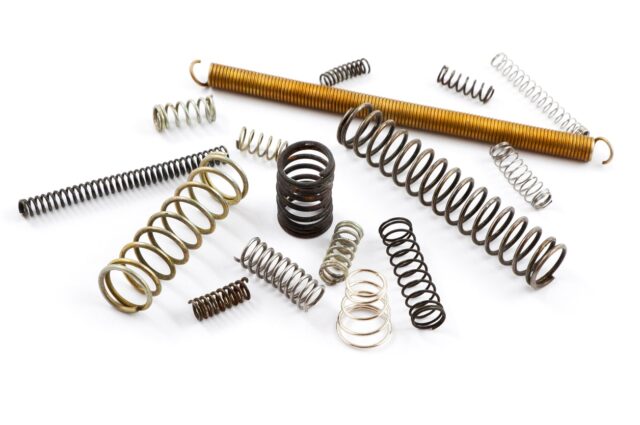
Spring is something that people use for different commercial and personal purposes. However, the fact is that we do not know a lot about spring materials.
The first thing that you should know is that there are different types of materials that are used for the design and fabrication of springs. This is a must-know thing for people that are designing these products. However, it also has value for people that are using them.
The list of common spring materials would be a lot longer. However, if we start analyzing all of them, this article would never end. Because of that, we decided to focus on the most common spring materials. The point is to understand the tensile and yield strength of different alloyed metals.
How to Determine the Right Material?

Before we start, there is something that every spring manufacturer should know. First of all, spring design might seem easy in theory. However, it is a complex process that contains several different moves. Before everything, you need to determine why you need to use the spring. When you determine the purpose, you will easily determine the exact specifications. In other words, you need to be aware of the crucial factors that may have an impact on their performance.
This especially includes corrosion and temperature.
For instance, lifespan is one of the factors you will have to think about. Let’s say that you plan to use the springs millions of times during its life cycles. In that case, the springs need to have the ability to withstand normal tear and wear. A good example of that would be springs that are part of a car engine. Logically, in this case, they will be used quite often. Because of that, they need to be durable and hard-wearing.
All these things confirm that we need to know more about common spring materials. In this article, we will analyze three of them. They all come with different specifications. In other words, they are suitable for different purposes.
Let’s find them out together.
High-Carbon Steels
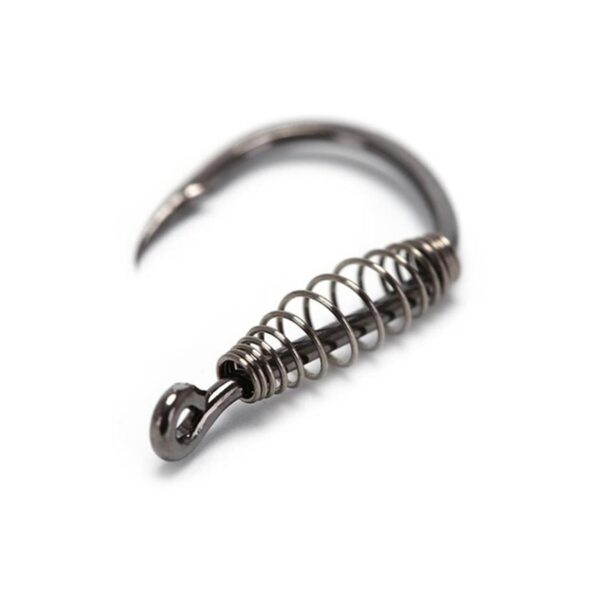
One of the most popular alloys among manufacturers of spring is high carbon steels. Believe it or not, these types of steel have a carbon content of up to 2.1%. If you do not understand why this is important, you deserve an explanation. The higher percentage of carbon content means that the alloy will be stronger. Because of the properties of this type of steels, the springs feature the great hardness levels. Despite that, they feature resistance to tear and wear. It is good to know that hard drawn wires for low-stress applications come at a low cost. Despite that, we have to say that higher tensile materials are quite suitable for high-stress applications.
Do not mix high-carbon steel with the “basic one”. It is less ductile and more brittle.
Nickel Alloys
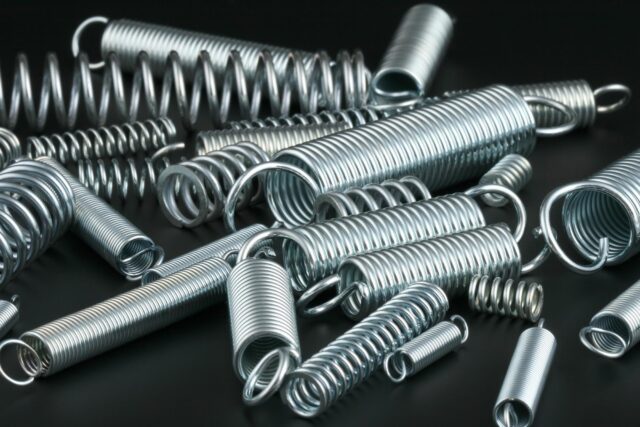
If you are looking for a versatile material that will allow with different metals, then nickel is the right choice. Are resistance to a high temperature and corrosion is something you are looking for? Well, this is one more reason why nickel alloys would be a perfect choice for your environment.
The strength and durability are also two features that come together with this sort of spring material. We can agree that some environments and purposes why we use springs can be damaging. For instance, oil rigs and chemical plants are a good example of that. Well, even under these conditions, nickel-based alloys will last long and stay strong.
These alloys you can find in places where the below-zero temperature applications are needed.
Stainless Steel
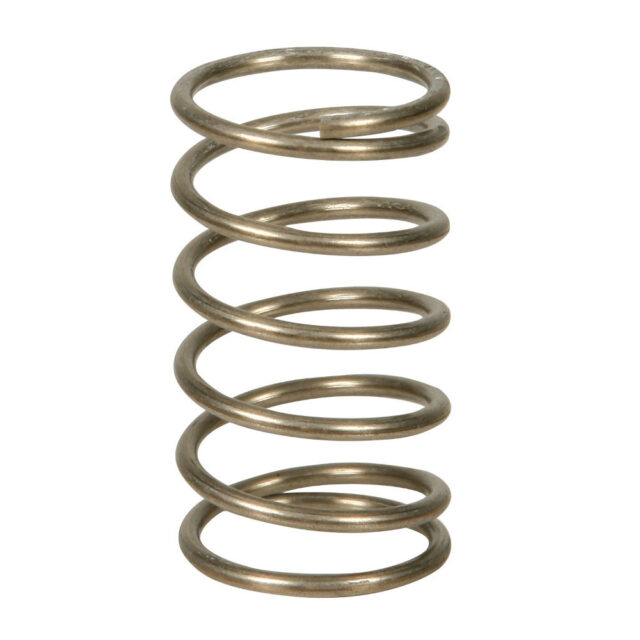
This is another commonly used spring material that you can find in many places. However, that doesn’t mean everyone can use it. It is a perfect choice for settings where heat resistant and higher corrosion are unskippable. Believe it or not, the steel alloy of this material contains a minimum of 10.5 chromium content. Despite that, it also contains a maximum of 1.2% of carbon content.
Yet, the properties of the stainless steel can be different and this is something every manufacturer should know. It comes in a couple of different grades. Because of that, you need to know exactly the properties that each grade has. Despite that, you need to know that there are three types of hardening – martensitic, precipitation, and austenitic. Let’s analyze one by one type.
First of all, austenitic stainless steel is hardened by cold work. They are a useful type for environments where resistance to corrosion is required. Martensitic stainless steels are a bit different from the previous type. Indeed, they have good resistance to corrosion. However, that is not the only feature that you can expect.
They are also strongly magnetic and that can sometimes be useful for different purposes. Anyway, there is one thing that we need to say and most of the people will consider it as a disadvantage. They have poor electrical conductivity which can make certain usage limits. Finally, precipitation hardening stainless steels might be the most different of these three types.
Indeed, they have high tensile strength and great resistance to fatigue. However, they might crack if they have to handle higher stress. Because of that, the usage of this subcategory of stainless steel is limited as well.
Generally, stainless steel is popular among different industries. This includes those like art, aerospace, chemical processing, architecture, etc.
Conclusion
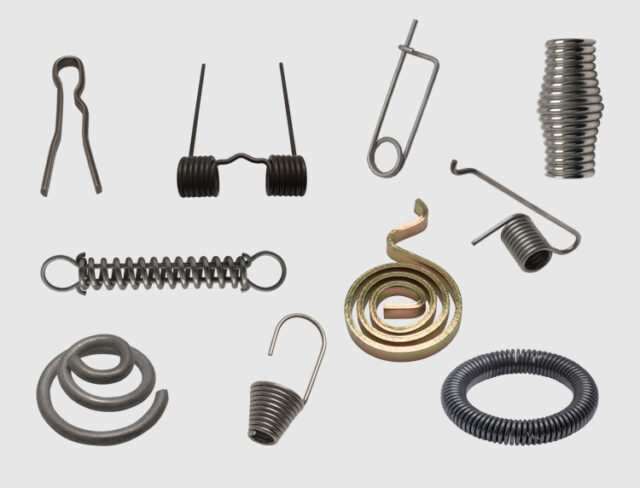
Let’s make some conclusions before we say “goodbye” to each other. As we now know, each type of spring material is good for different purposes because of its feature. For example, does your spring need to perform optimally at high temperatures? Then, Inconel allows with a chromium-nickel base would be a great choice. It retains its strength even when the temperature reaches 800 degrees Celsius.
On the contrary, the gas and oil industry would not be satisfied with the properties of nickel-based alloys. They need springs made of materials that can withstand corrosion from saltwater. In that case, stainless steel is the type of material that you are looking for.
Be careful when choosing springs and the damage you are afraid of is not going to happen. There are many websites like virgamet.com where you can find out more about different spring materials. We recommend you visit them and expand your knowledge.












